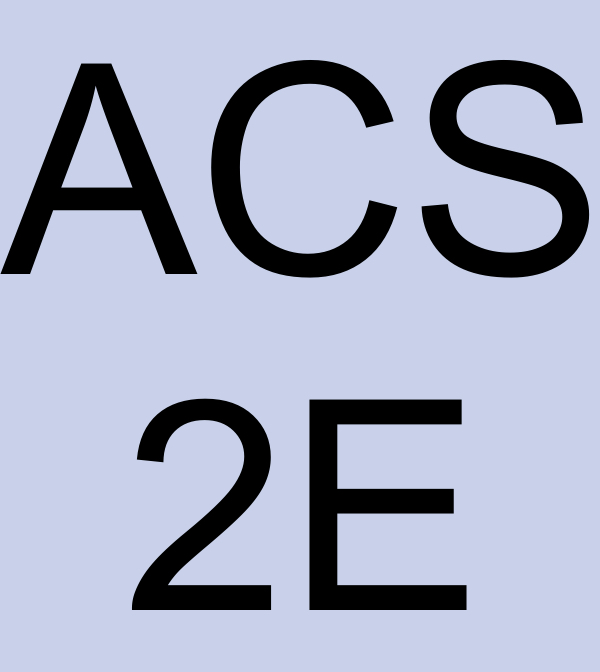Activity 3.2.3.
In this activity, we reason graphically from the following figure to evaluate limits of ratios of functions about which some information is known.

(a)
Use the left-hand graph to determine the values of \(f(2)\text{,}\) \(f'(2)\text{,}\) \(g(2)\text{,}\) and \(g'(2)\text{.}\) Then, evaluate \(\lim\limits_{x \to 2} \frac{f(x)}{g(x)}\text{.}\)
(b)
Use the middle graph to find \(p(2)\text{,}\) \(p'(2)\text{,}\) \(q(2)\text{,}\) and \(q'(2)\text{.}\) Then, determine the value of \(\lim\limits_{x \to 2} \frac{p(x)}{q(x)}\text{.}\)
(c)
Assume that \(r\) and \(s\) are functions whose for which \(r''(2) \ne 0\) and \(s''(2) \ne 0\) Use the right-hand graph to compute \(r(2)\text{,}\) \(r'(2)\text{,}\) \(s(2)\text{,}\) \(s'(2)\text{.}\) Explain why you cannot determine the exact value of \(\lim\limits_{x \to 2} \frac{r(x)}{s(x)}\) without further information being provided, but that you can determine the sign of \(\lim\limits_{x \to 2} \frac{r(x)}{s(x)}\text{.}\) In addition, state what the sign of the limit will be, with justification.

